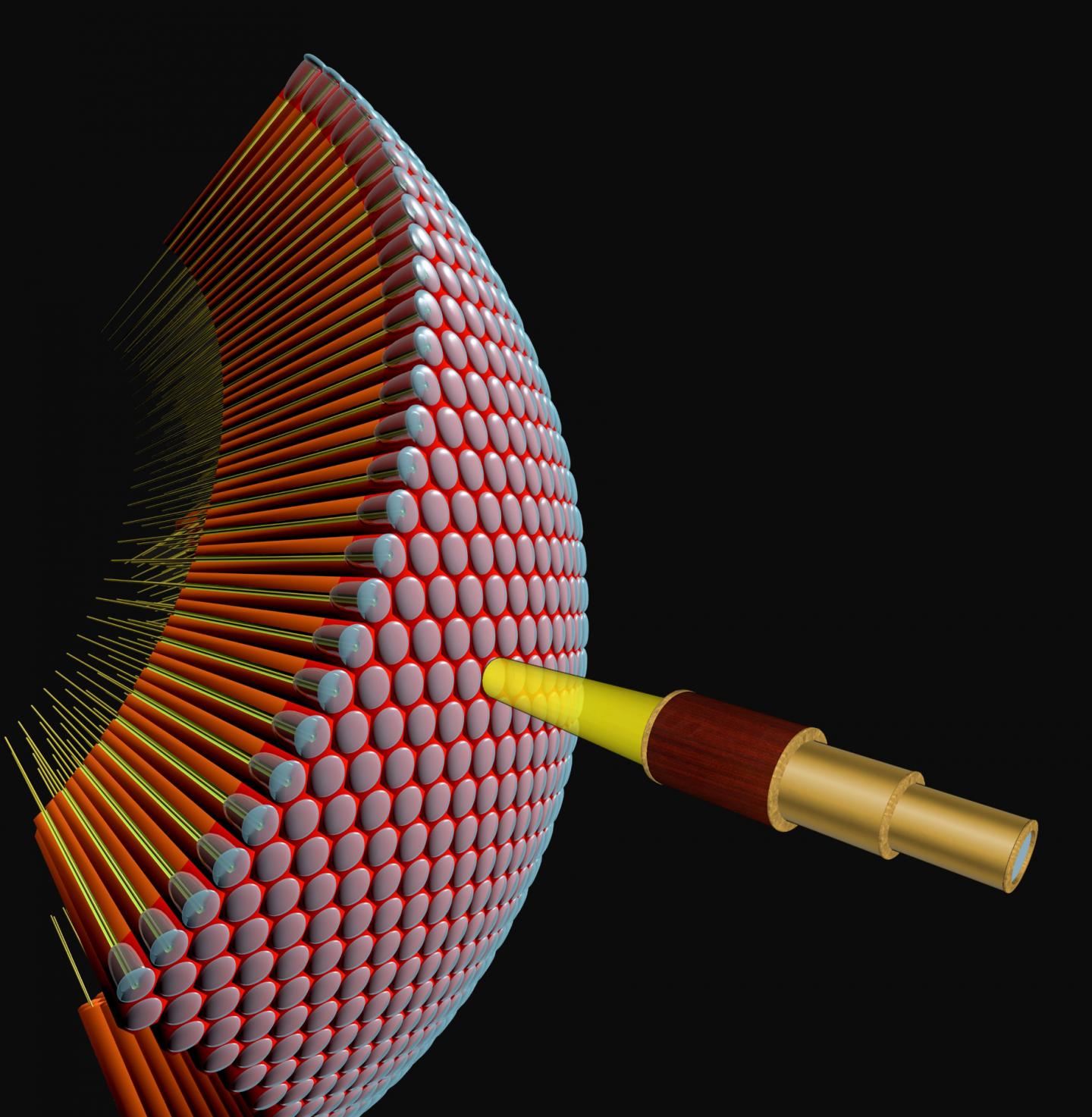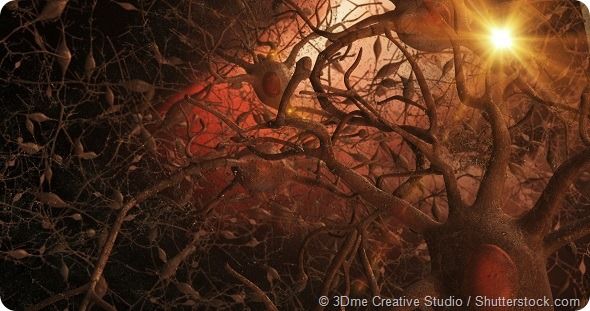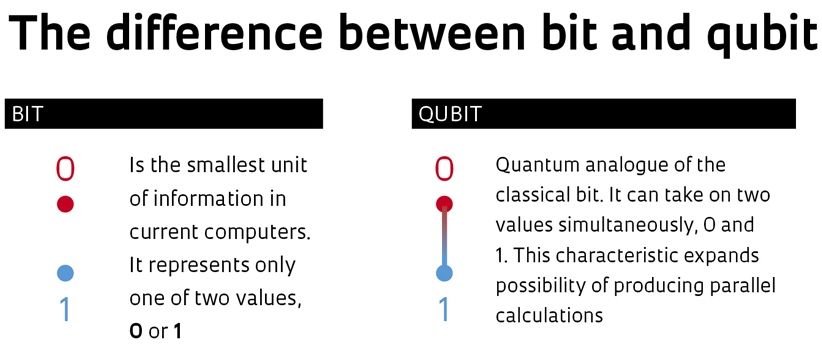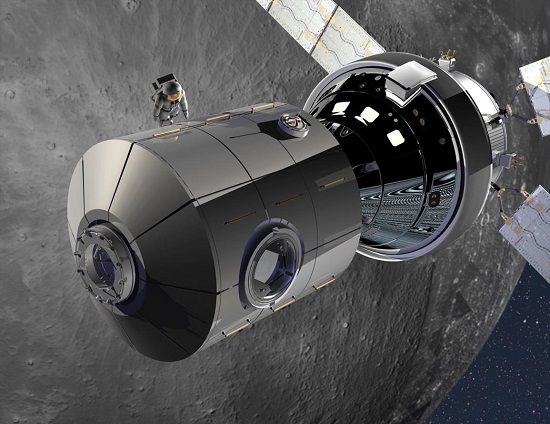Page 10484
Aug 10, 2016
Understanding brain circuit development: an interview with Dr Hollis Cline
Posted by Karen Hurst in category: neuroscience
Interview conducted by April Cashin-Garbutt, MA (Cantab)
Prior to your study, how much was known about the way brain circuits develop? How has your recent study advanced our understanding?
There’s a tremendous amount known about brain circuit development. Our work was inspired by experiments that were done over 50 years ago by scientists at Harvard University, Hubel and Wiesel. They received a Nobel Prize for their work and have inspired many additional experiments over the last 50 or 60 years.
Continue reading “Understanding brain circuit development: an interview with Dr Hollis Cline” »
Aug 10, 2016
Why Humans Should Be Genetically Engineering Their Children Now
Posted by Karen Hurst in categories: bioengineering, biotech/medical, genetics, government
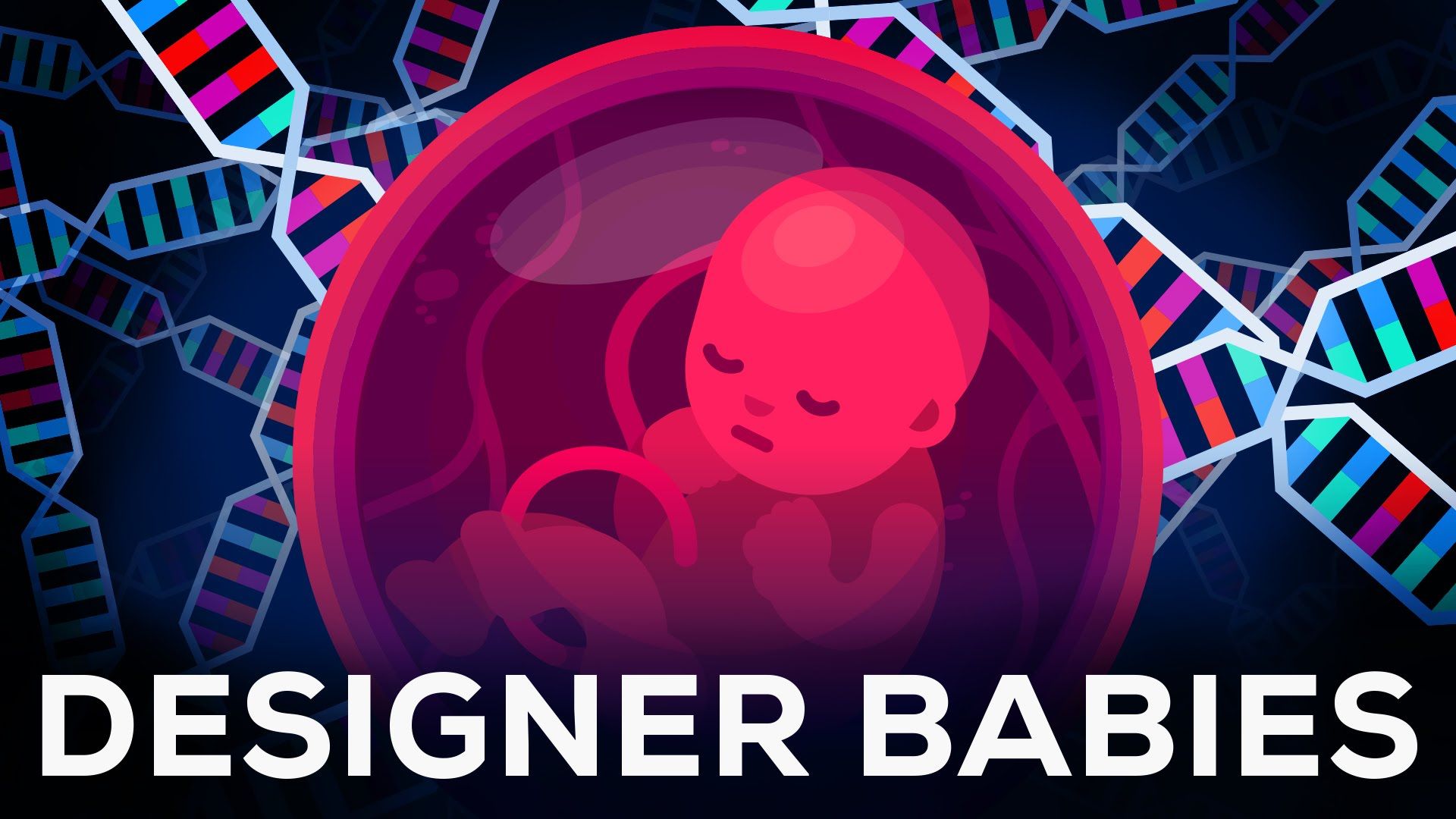
Hmmm.
With the advent of CRISPR genetic engineering technology, humanity is on the cusp of an evolutionary revolution. We now possess the technology to modify our own genetic code (DNA). In a few more years, it will become more reliable, less expensive, and more available.
Continue reading “Why Humans Should Be Genetically Engineering Their Children Now” »
Aug 10, 2016
3 Innovative Ways we Could Soon Store The World’s Data
Posted by Karen Hurst in categories: biotech/medical, computing, information science
While existing methods like cold, flash and cloud storage are trying to remake themselves in the age of Big Data, there are also a number of alternative methods being developed that suggest looking outside of traditional methods could be our best bet for storing and managing such unprecedented amounts of data.
Here are three methods to look out for:
We are about to witness a data storage breakthrough in which digital information could be embedded into the primary fabric of our being: the double helix of DNA. As a storage system, DNA is both compact and durable, with a single gram of DNA able to store almost a zettabyte of digital data. Now that scientists can successfully create synthetic DNA, it follows that we will be able to control what information gets stored on those strands.
Continue reading “3 Innovative Ways we Could Soon Store The World’s Data” »
Aug 10, 2016
Quantum computing and cryptocurrencies: Are Steemit and bitcoin safe?
Posted by Karen Hurst in categories: bitcoin, computing, cryptocurrencies, encryption, quantum physics, security
Article repeats a lot of the knowns on QC such as bit v. Qubit; and finally provides some good info on pros and cons of Bitcoin and Lamport signatures technique with QC. However, the author didn’t seem to mention any of the work that D-Wave for example is doing with Block chaining. Also, I saw no mention of the work by Oxford on the logic gate which improve both the information processing performance and the security of information transmissions.
In a classical computer bits are used that can either be 0 or 1. In a quantum computer these bits are replaced with Qubits (quantum bits). These Qubits can be 0 or 1, or both at the same time. This is caused by a phenomenon in the quantum realm called superposition. At scales the size of an atom and small molecules, the spin of particles is not determined until it is observed. A pair of Qubits can be in any quantum superposition of 4 states, and three Qubits in any superposition of 8 states. In general, a quantum computer with n Qubits can be in a superposition of up to 2^n different states simultaneously (this compares to a normal computer that can only be in one of these 2^n states at any one time). Because of this, a quantum computer is able to perform computations at the same time, while classical computers perform computations one at a time.

Continue reading “Quantum computing and cryptocurrencies: Are Steemit and bitcoin safe?” »
Aug 10, 2016
What makes the spin flip over?
Posted by Karen Hurst in categories: nanotechnology, quantum physics
The Einstein-de-Haas effect shows that magnetism results from the angular momentum of electrons and is considered as the macroscopic evidence of electron spin. Researchers at Karlsruhe Institute of Technology (KIT) and at the Institut NÉEL at the CNRS in Grenoble were the first to investigate this effect for an individual spin and formulated it as the new “Quantum Einstein-de-Haas effect”. In Nature Communications, they report on their work (“Quantum Einstein-de Haas effect”).
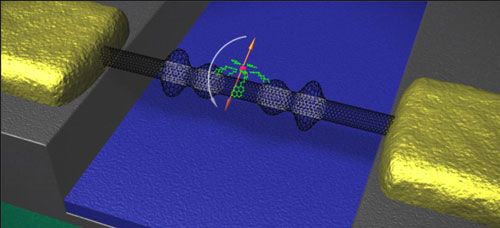
The mechanical properties of the carbon nanotube (black) cause the spin (orange) of a molecule (green and red) to flip over. (Illustration: Christian Grupe)
Aug 10, 2016
Engineering a better biofuel
Posted by Karen Hurst in categories: engineering, sustainability
The often-maligned E. coli bacteria has powerhouse potential: in the lab, it has the ability to crank out fuels, pharmaceuticals and other useful products at a rapid rate. A research team has discovered a new way to remove a major stumbling block in the process, and boost biofuel production from E. coli.
Aug 10, 2016
Nanoparticle delivers cancer drugs to tumor blood vessels
Posted by Karen Hurst in categories: biotech/medical, engineering
In a set of studies in mice bearing human tumors, nanoparticles designed to bind to a protein called P-selectin successfully delivered both chemotherapy drugs and targeted therapies to tumor blood vessels. Targeting the blood vessels improved the delivery of drugs to tumor tissue, causing the tumors to shrink and improving how long the mice lived.
A tumor’s blood vessels can serve as a barrier to engineered drug-delivery systems like nanoparticles, which may not be able to cross the blood vessel wall. However, the same blood vessels may express proteins—such as P-selectin—that researchers can potentially exploit, by engineering their nanoparticles to recognize and latch onto those proteins, which enables them to reach the tumor.

Aug 10, 2016
Photon Upconversion at Crystalline Organic–Organic Heterojunctions
Posted by Karen Hurst in category: materials
How to turn green light blue.
Previous article in Early View: High-Performance Photovoltaic Polymers Employing Symmetry-Breaking Building Blocks.
